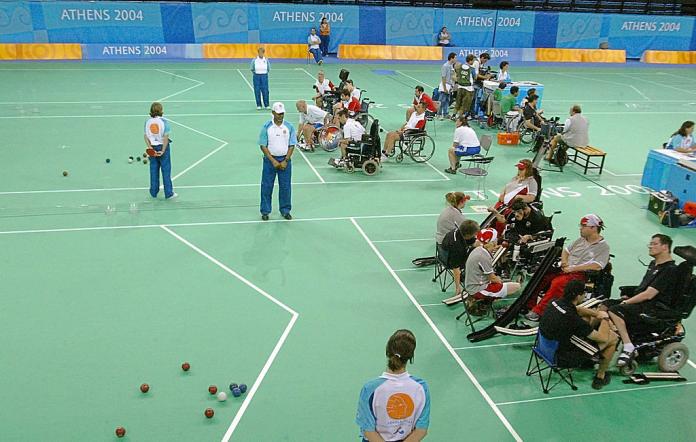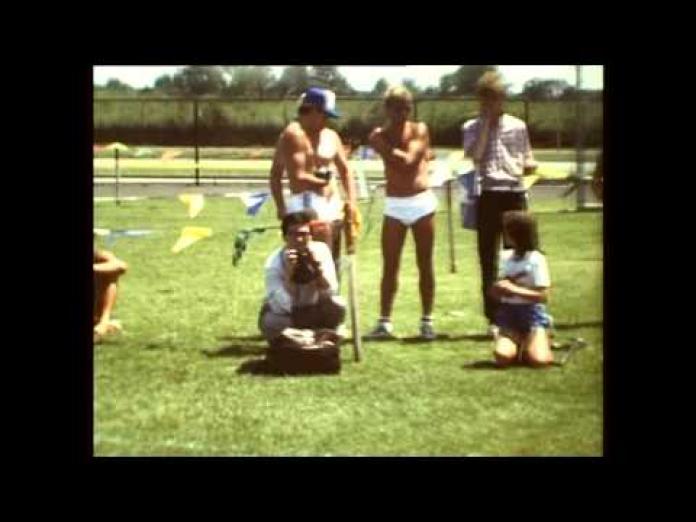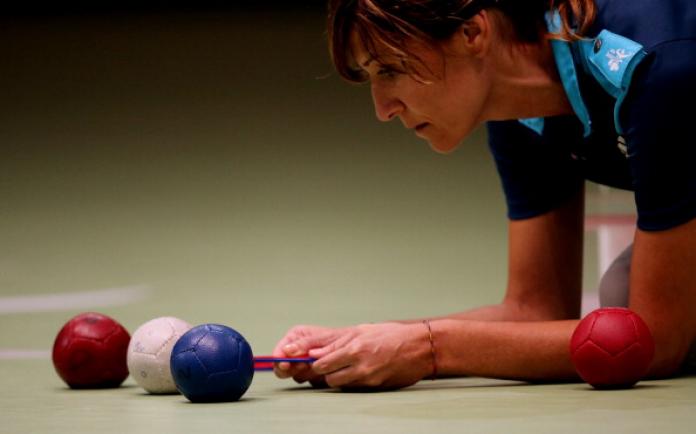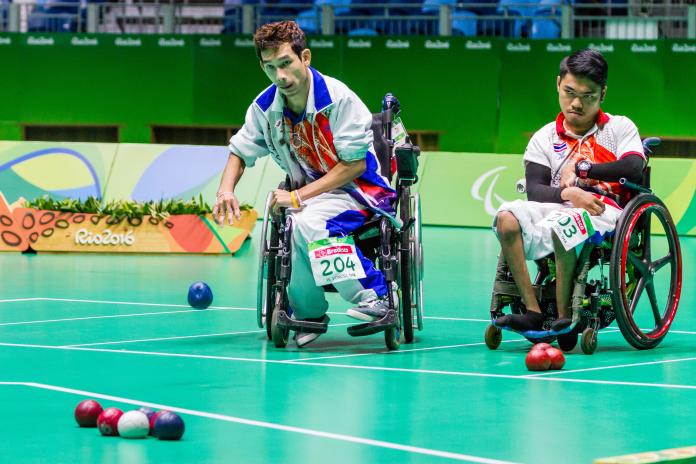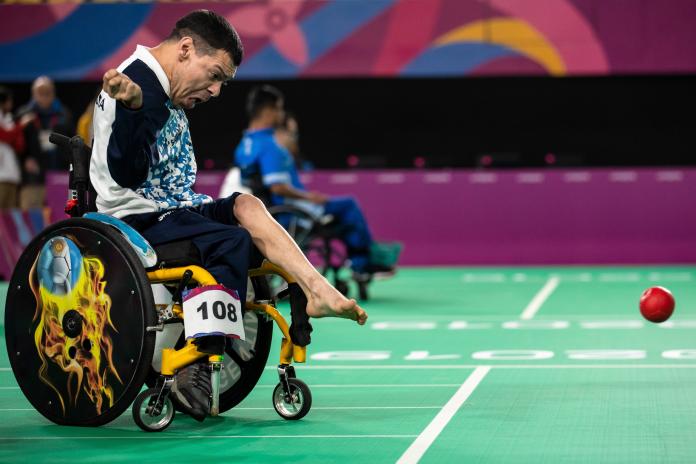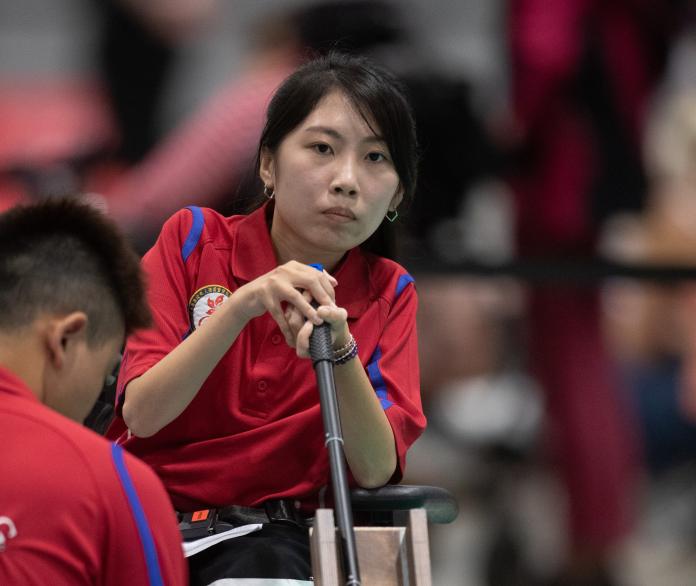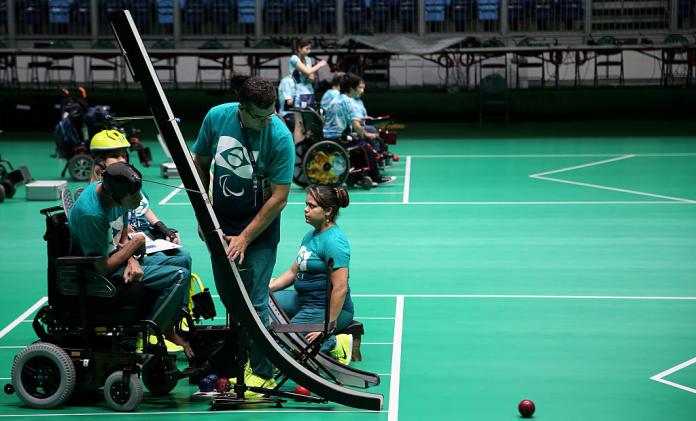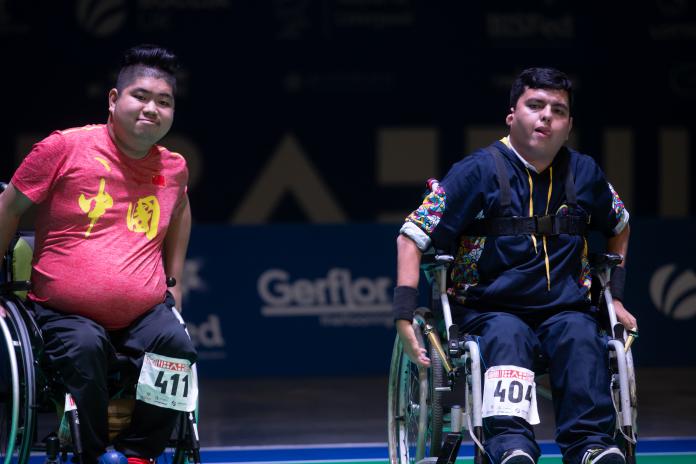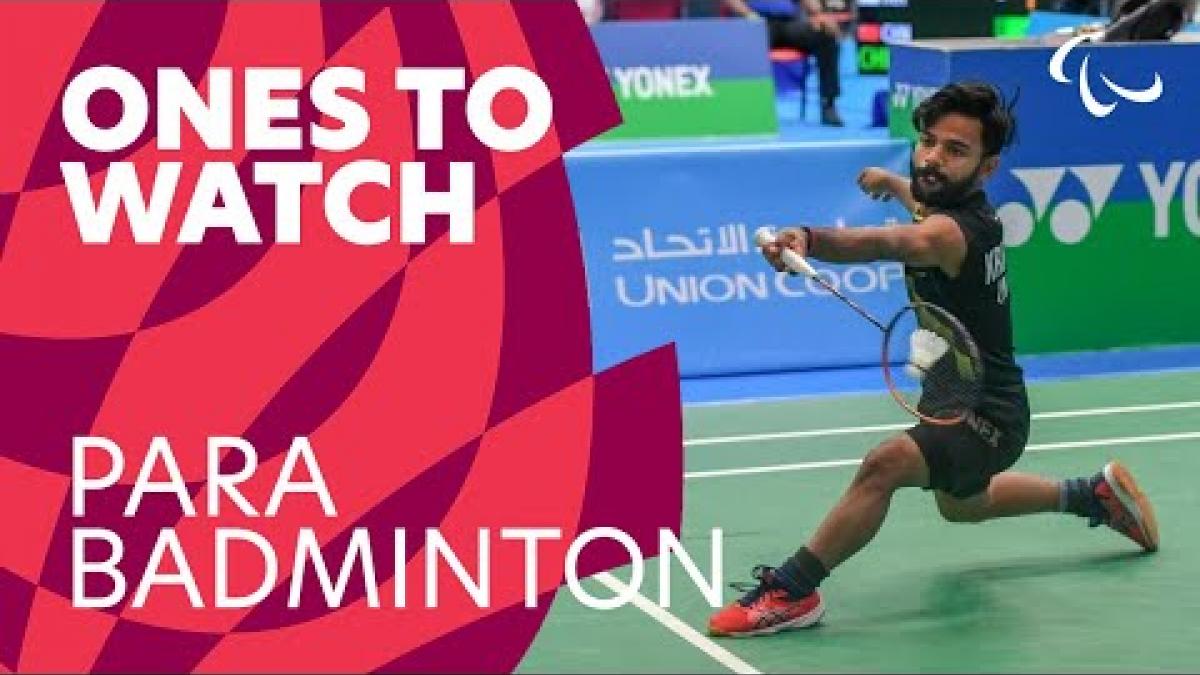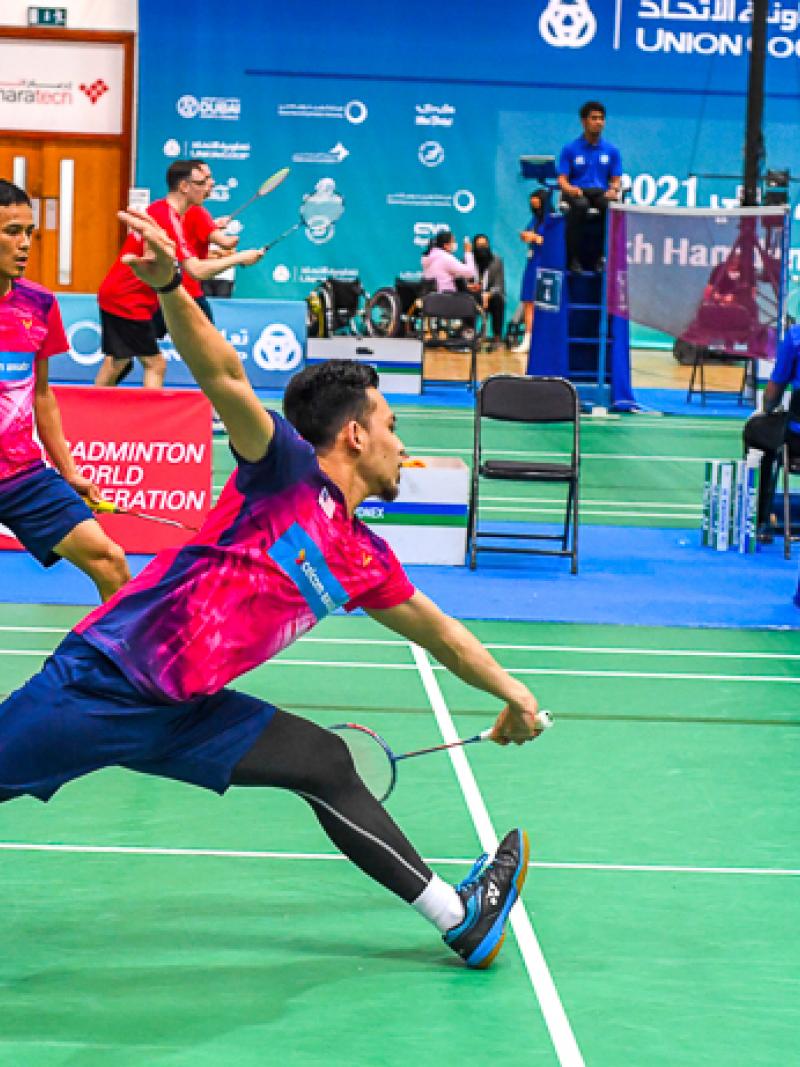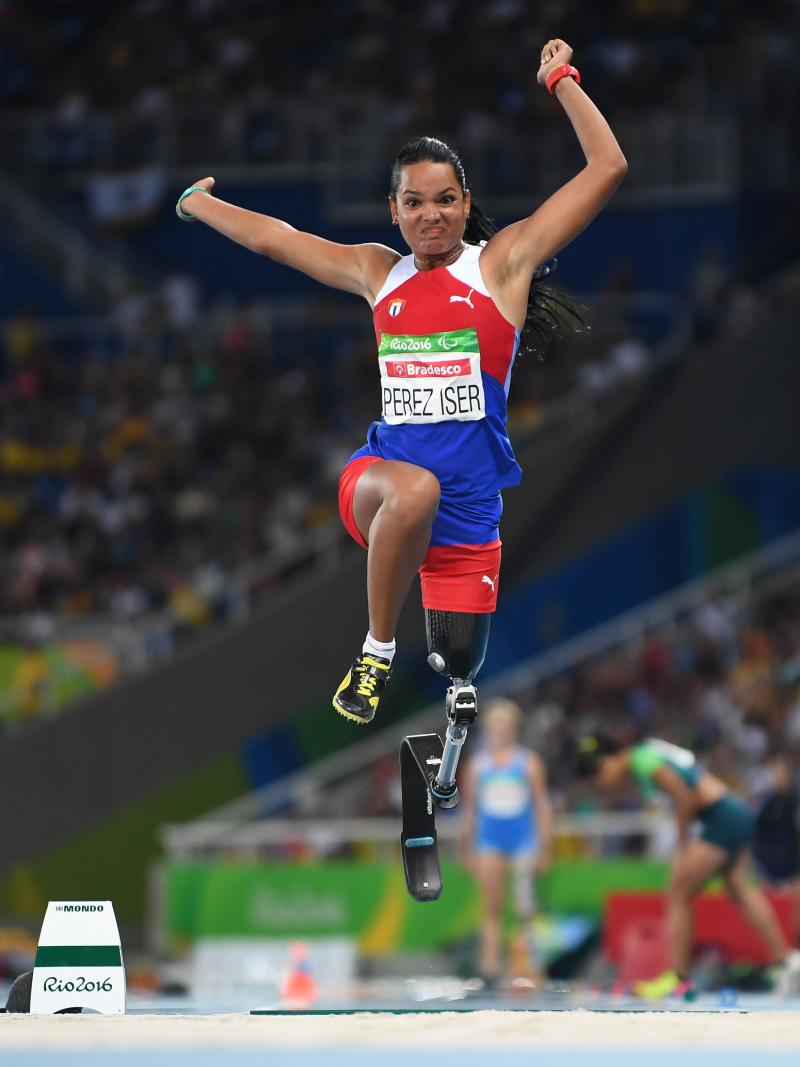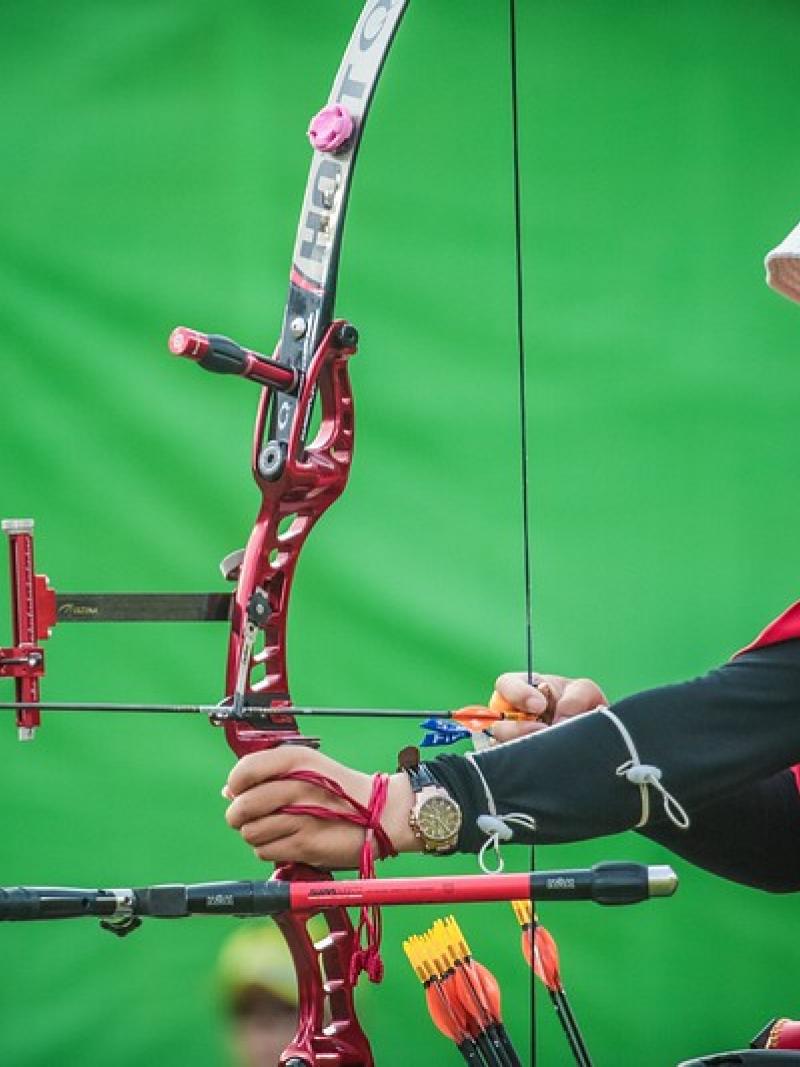Sport Week: 10 things to know about boccia
The Para sport is a game all about strategy, extreme focus and precision 27 May 2021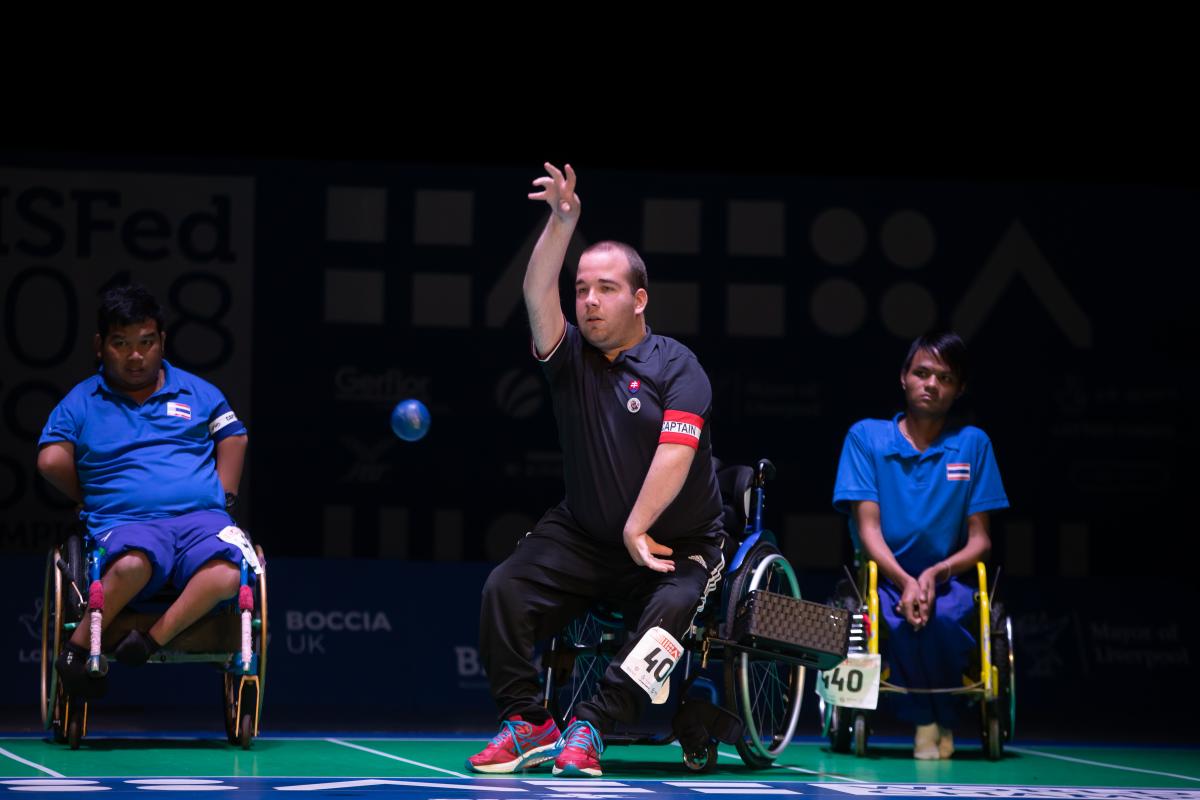
It might look simple – throwing a ball as close to the target ‘jack’ ball to win. But the ability to control nerves, strategise on the best throwing angle or even refocus after each end can make all the difference between a Paralympic medal or none.
Here are the basics of boccia ahead of Tokyo 2020:
1. Boccia is one of two sports on the Paralympic programme that does not have an Olympic counterpart. The other sport is goalball.
2. It made its Paralympic debut at New York 1984, when 19 athletes represented five different countries: Canada, Denmark, Great Britain, Portugal and the USA. There were five medal events, with the USA topping the medals table with five, including two individual golds for Craig Clifton and Nancy Anderson.
3. Paralympic boccia was initially for athletes with cerebral palsy, but now includes athletes who have any kind of neurological impairment that impacts their motor function.
4. The sport is played on a flat, smooth surface, where players must throw or roll coloured balls as close as possible to a white target ball, known as the “jack.” The player, pair or team with the most balls near the jack is the winner.
5. The individual and pair matches consist of four ends, while team matches have six ends. Each athlete, pair or team throws six balls per end. After each end, the athlete, pair or team with the ball closest to the jack receive one point, and an additional point for every ball that is closer to the jack than the opponent’s.
6. Athletes are split into four classes, BC1-4, where all players compete in wheelchairs due to severe co-ordination impairment affecting both legs and arms. Some players play using their feet.
7. Players in the BC3 class have severe impairments that impact all limbs, and therefore may use an assistive device such as a ramp or pointer to deliver the ball.
8. Athletes in classes BC1, BC3 and BC4 foot players can have one assistant who act as an extension of the athlete. For example, the assistant of the BC3 athlete can take instructions from the athlete such as adjusting the height and position of the ramp. But they cannot view the court during play, making communication key!
9. Boccia has roots in Greece, where players threw large stones at a stone target. There were also objects and mural engravings relating to a similar form of the sport that were found as early as 5200 BC during the excavation of the tombs in Egypt. The sport was also played in market places and in the streets during the Middle Ages, and the word ‘boccia’ is derived from the Italian meaning to bowl.
10. Boccia athletes can be penalised for three different reasons:
• Positioning and turn-taking violations result in one penalty shot being awarded to the opposition
• A retraction occurs when there is a violation during the act of throwing the ball. That ball does not count and is removed from the court
• A warning, or yellow card, is issued for serious and deliberate disruption. A second warning results in disqualification.
 Facebook
Facebook
 Instagram
Instagram
 Twitter
Twitter
 Youtube
Youtube

